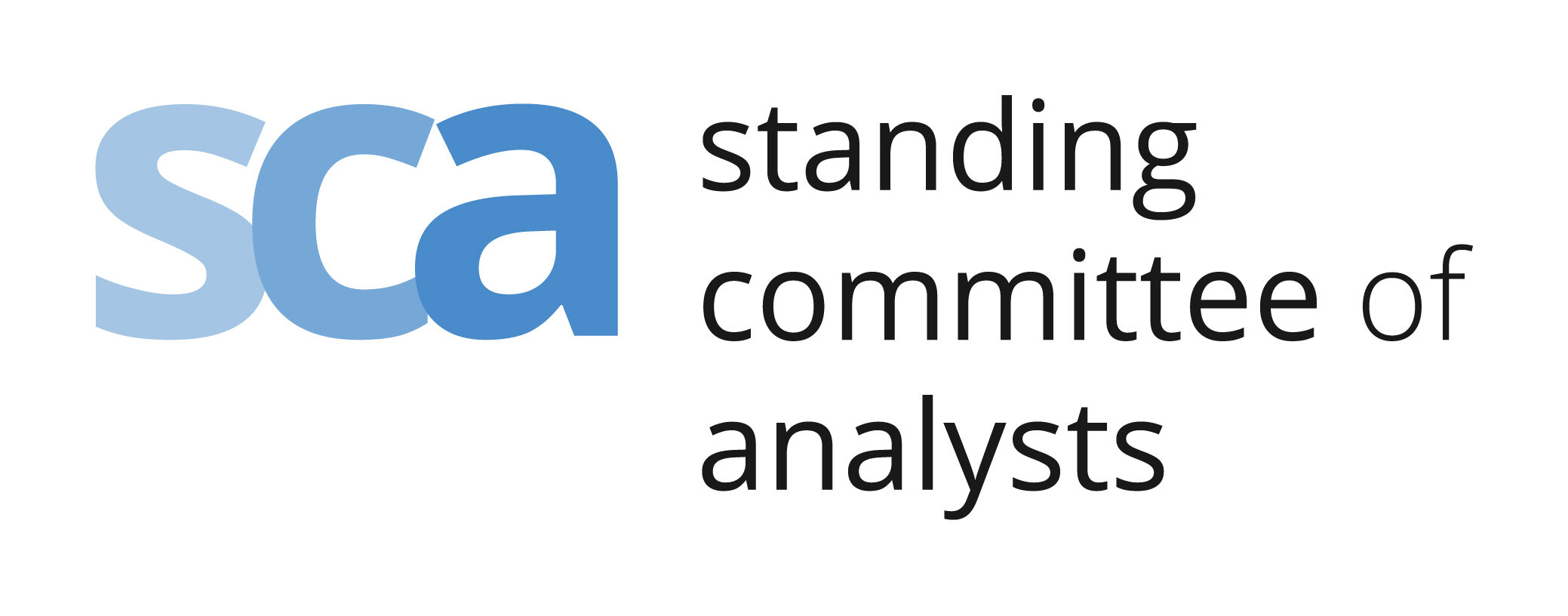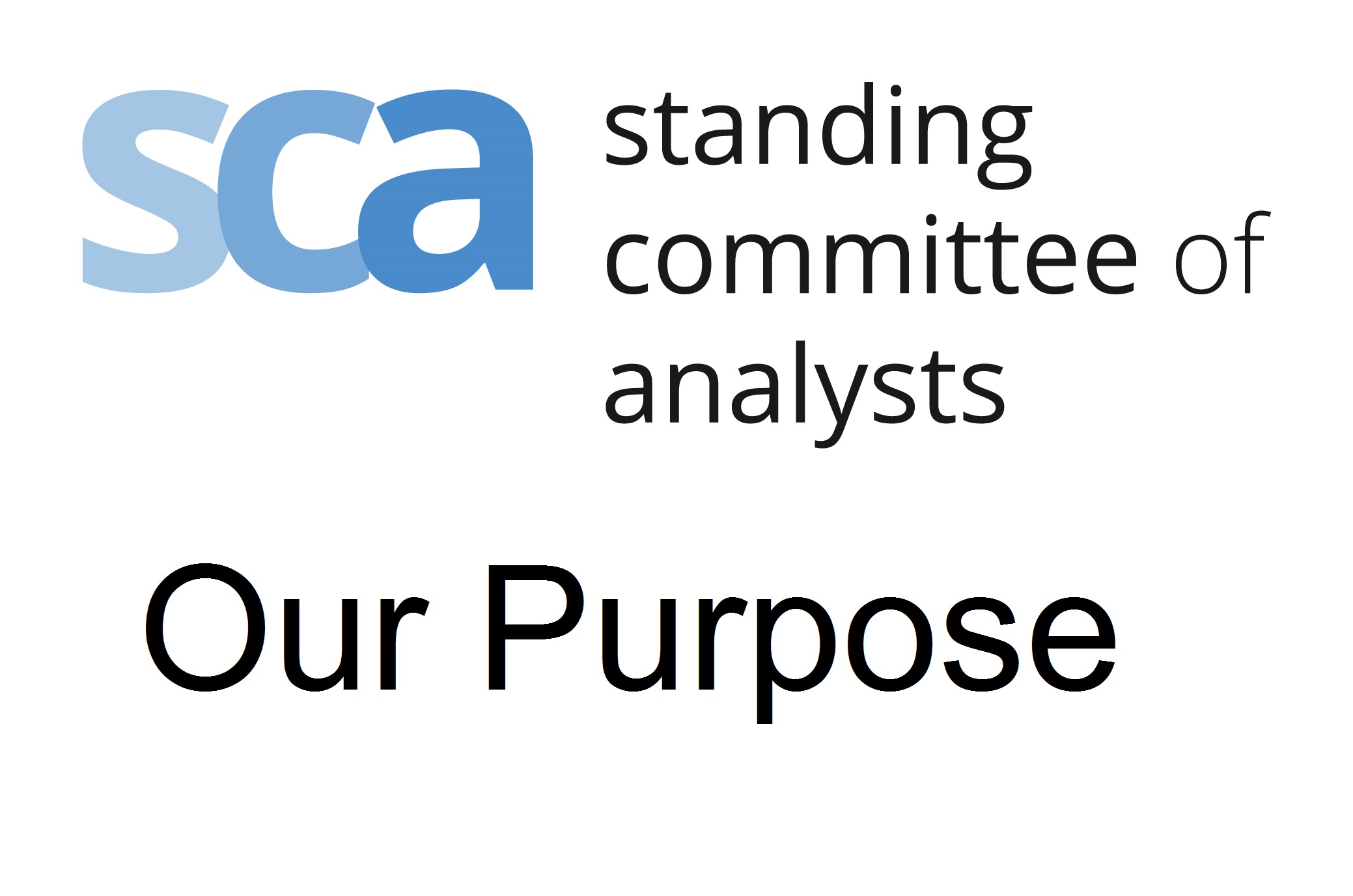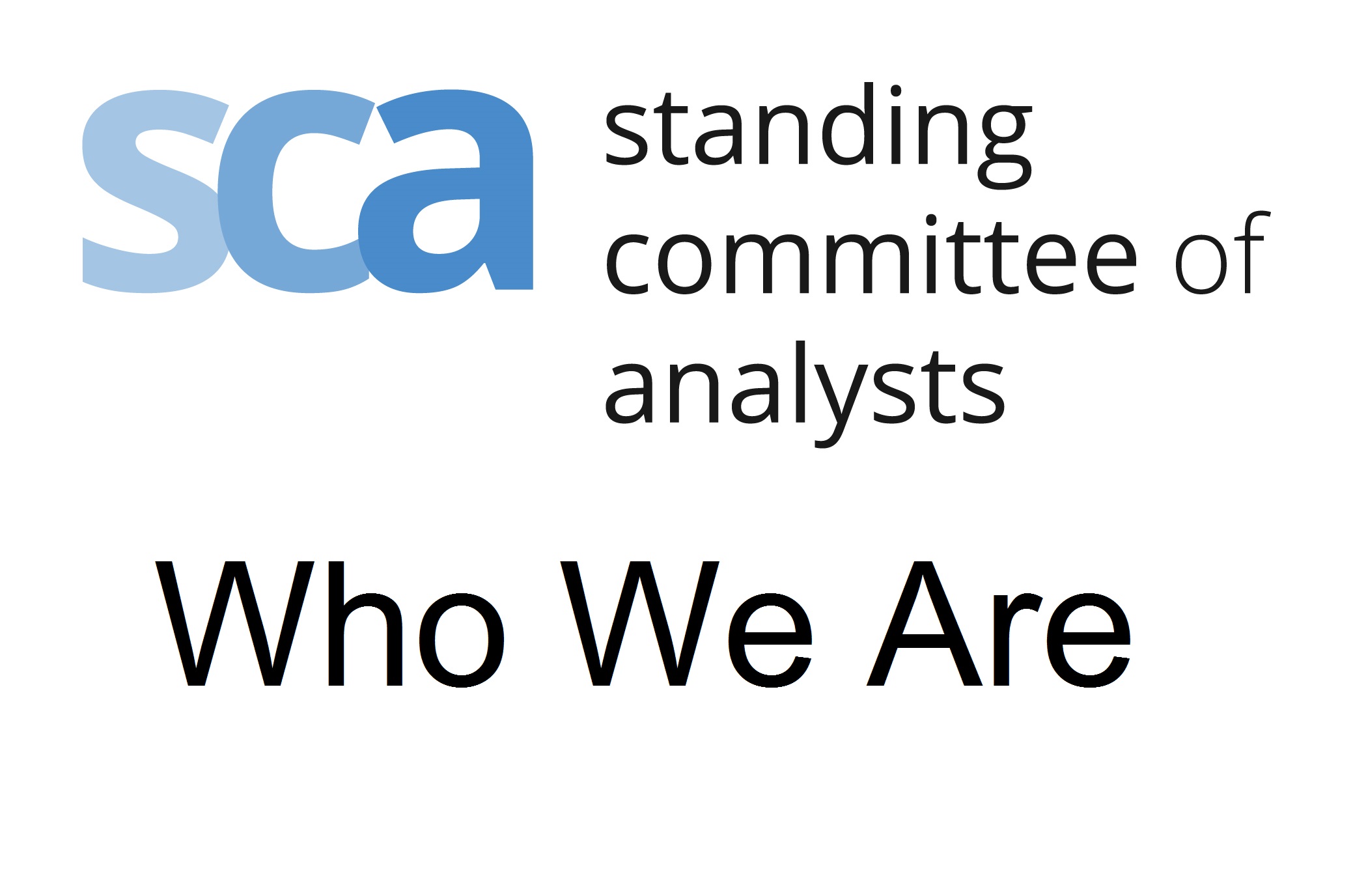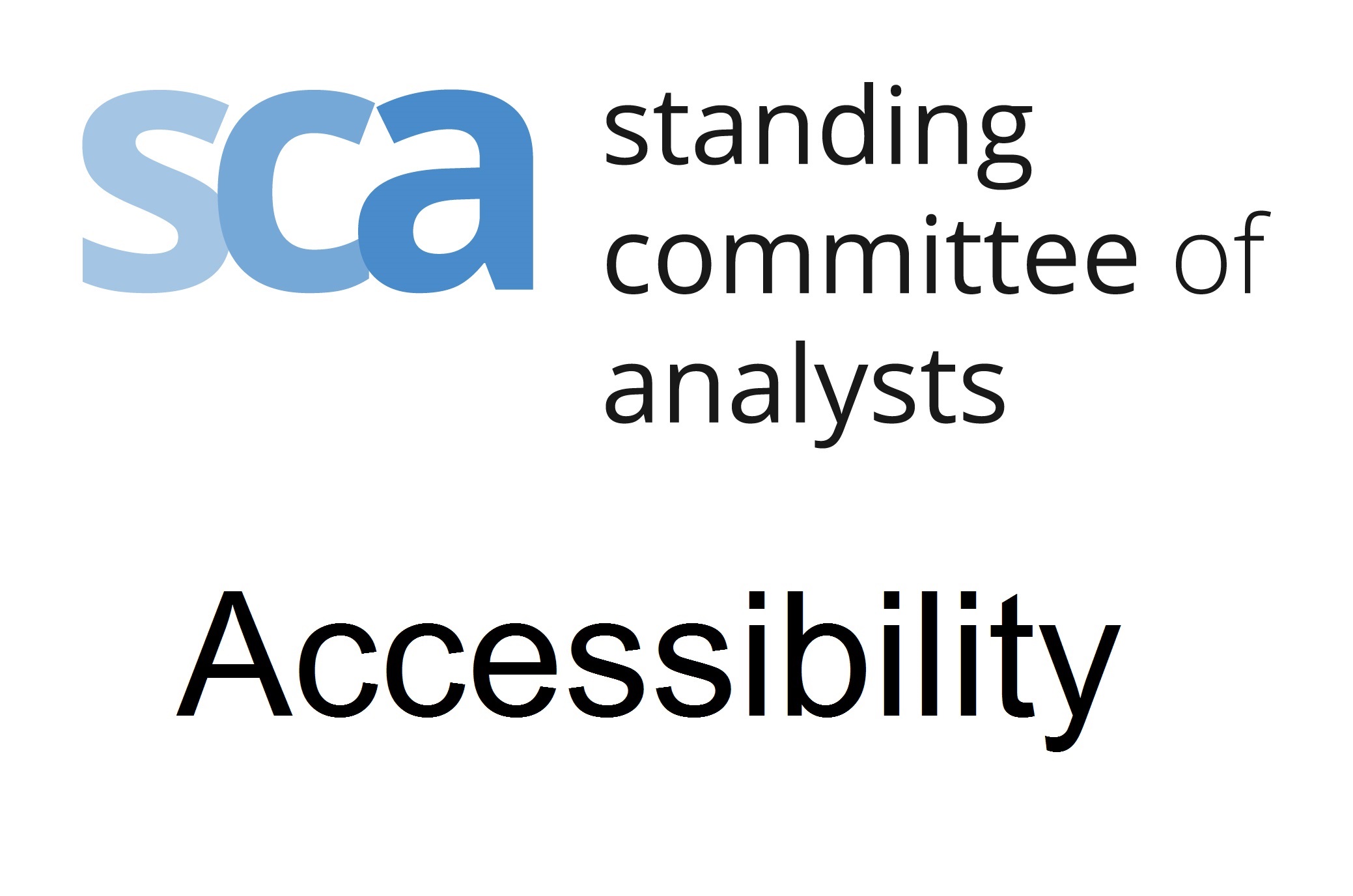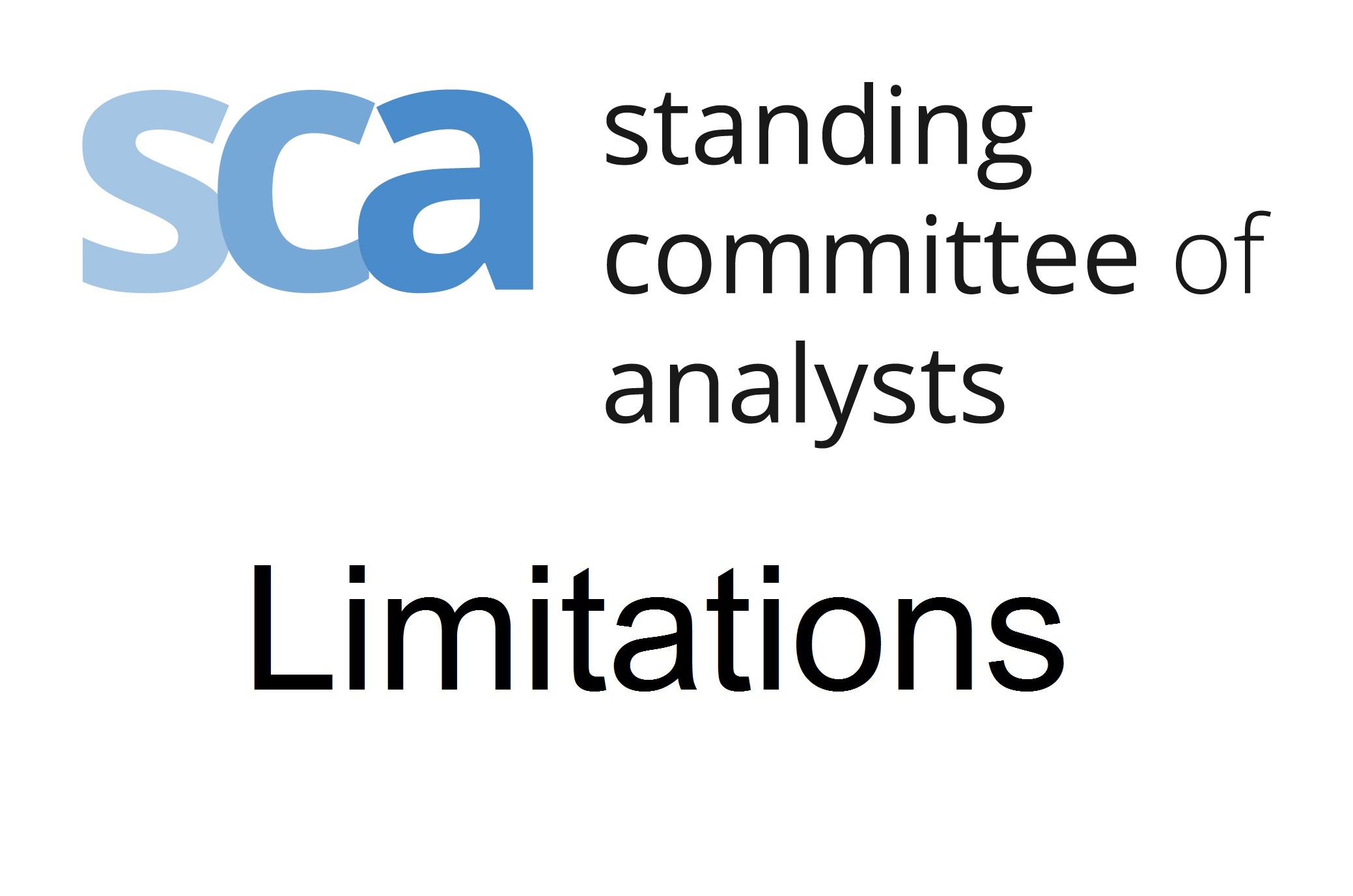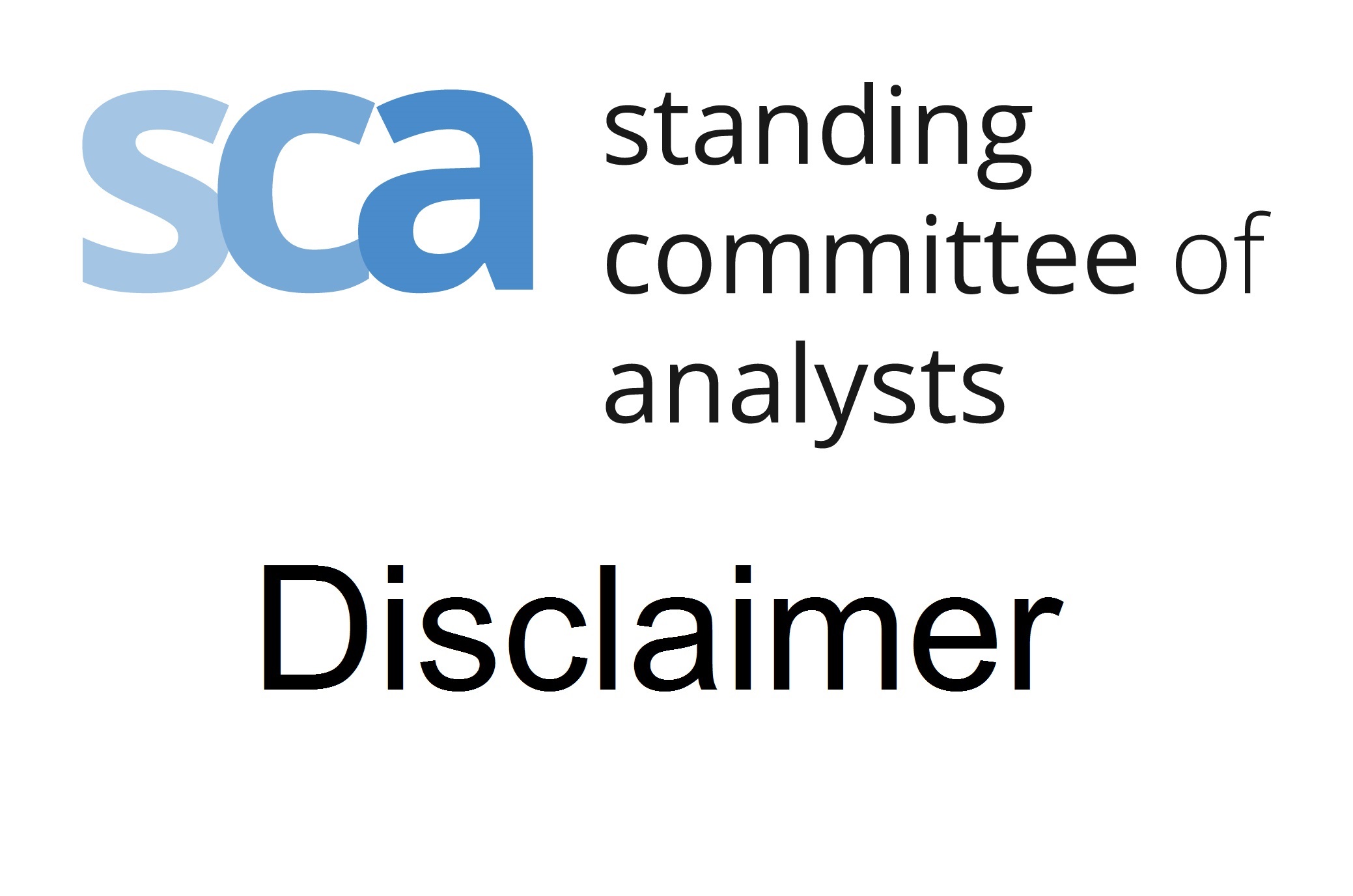purpose
The Standing Committee of Analysts (SCA) exists to advance the education of the public in general (and particularly amongst scientists and organisations safeguarding public health) on methods of sampling and analysis of waters and effluents, sewage sludges and biota for the evaluation of public health and risk and environmental impact associated with water quality by promoting research for the public benefit in all aspects of these subjects and publishing the useful results.
who we are
Clear, up to date methodology produced by experts within their fields is key to the provision of robust, repeatable and accurate data. This is ever more important in the face of significant challenges from Regulations and Customers’ expectations, and the potential threat of legal action. Achieving and maintaining documents of the required standard requires the contribution of the companies and organisations that will benefit from them..
accessibility
The Standing Committee of Analysts represents the collective knowledge of the UK in the provision of methodology for the purpose of ensuring quality and consistency in the chemical and microbiological analysis of water, waste water and related materials. In this website, the SCA provide all methodology free to access, an achievement of which will ensure that the highest standards of methodology are available to analysts in the UK, and for use throughout the world.
limitations
Validation data published within methods represents performance under a particular set of circumstances and is provided for illustrative purposes only. It is incumbent on users of SCA methods to assess performance using their equipment, in their laboratories, with their personnel.
disclaimer
The authors and the Standing Committee of Analysts disclaim any liability in connection with the use of the methods, information and data published through this website. Users of this website, the methods, information and data do so at their own risk.
